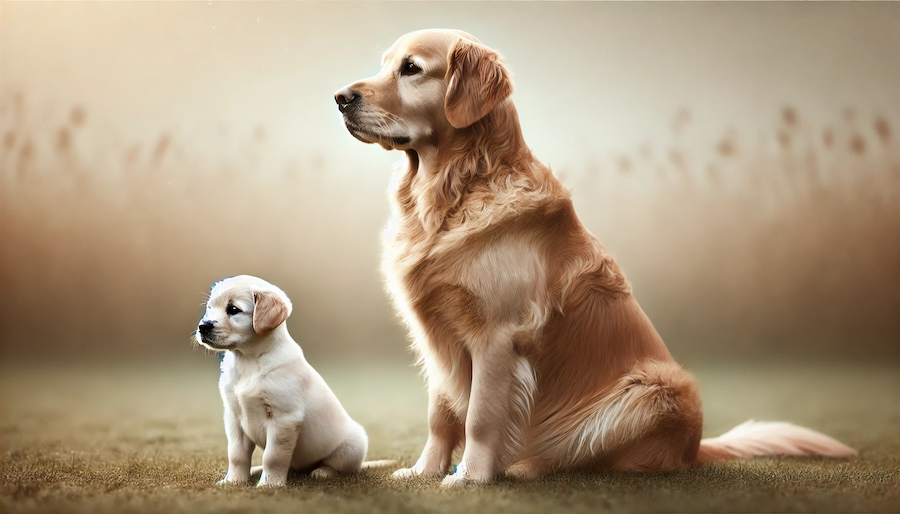Dogs, like humans, go through various stages of growth and development. Understanding when dogs stop growing is crucial for pet owners to provide appropriate care, nutrition, and exercise. This article explores the factors influencing canine growth and provides insights into when different breeds typically reach their full size.
Factors Affecting Dog Growth
Several factors influence a dog’s growth rate and final size:
- Breed: The most significant factor in determining a dog’s growth timeline and ultimate size.
- Genetics: Individual genetic makeup can cause variations within breeds.
- Nutrition: Proper diet is crucial for healthy growth and development.
- Health: Certain health conditions can affect growth rates.
- Spaying/Neutering: Early spaying or neutering may influence growth patterns.
General Growth Timeline
While individual dogs may vary, here’s a general timeline for canine growth:
- Birth to 2 weeks: Newborn phase, rapid growth.
- 2 to 8 weeks: Weaning period, continued rapid growth.
- 8 weeks to 6 months: Fastest growth period for most breeds.
- 6 months to 1 year: Growth slows, but continues for many breeds.
- 1 year and beyond: Large and giant breeds may continue growing.
Growth Patterns by Breed Size
Small Breeds (under 20 pounds)
Examples: Chihuahuas, Yorkshire Terriers, Pomeranians
- Reach full size: 6-8 months
- May be fully grown by their first birthday
Medium Breeds (20-50 pounds)
Examples: Beagles, Cocker Spaniels, Bull Terriers
- Reach full size: 8-12 months
- May continue filling out until 18 months
Large Breeds (50-100 pounds)
Examples: Labrador Retrievers, German Shepherds, Golden Retrievers
- Reach full height: 12-18 months
- May continue filling out until 2-3 years old
Giant Breeds (over 100 pounds)
Examples: Great Danes, Saint Bernards, Newfoundlands
- Reach full height: 12-18 months
- May continue filling out until 3-4 years old
Signs That Your Dog Has Stopped Growing
- Stable weight: No significant weight gain over several months.
- Consistent height: No noticeable increase in height at the shoulder.
- Growth plates closure: Typically occurs between 6-24 months, depending on the breed.
- Sexual maturity: Often coincides with the end of major growth.
Monitoring Your Dog’s Growth
- Regular weigh-ins: Track your dog’s weight every few weeks.
- Height measurements: Measure your dog’s height at the shoulder periodically.
- Body condition scoring: Assess your dog’s body condition to ensure healthy growth.
- Veterinary check-ups: Regular visits can help monitor growth and overall health.
Nutrition and Exercise Considerations
- Puppy-specific diets: Provide breed-appropriate puppy food until growth is complete.
- Avoid overfeeding: Excess weight can strain developing joints.
- Gradual exercise increase: Adjust exercise routines as your dog grows.
- Avoid high-impact activities: For large and giant breeds, until growth plates close.
Conclusion
Understanding when dogs stop growing is essential for providing optimal care throughout their development. While breed is the most significant factor in determining growth patterns, individual variation is common. By monitoring your dog’s growth, providing appropriate nutrition, and following veterinary guidance, you can ensure your canine companion reaches their full potential in a healthy manner.
Remember that even after physical growth is complete, your dog will continue to develop mentally and emotionally throughout their life. Ongoing training, socialization, and love will help your dog become a well-rounded adult companion.

